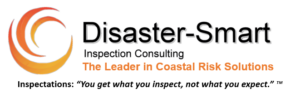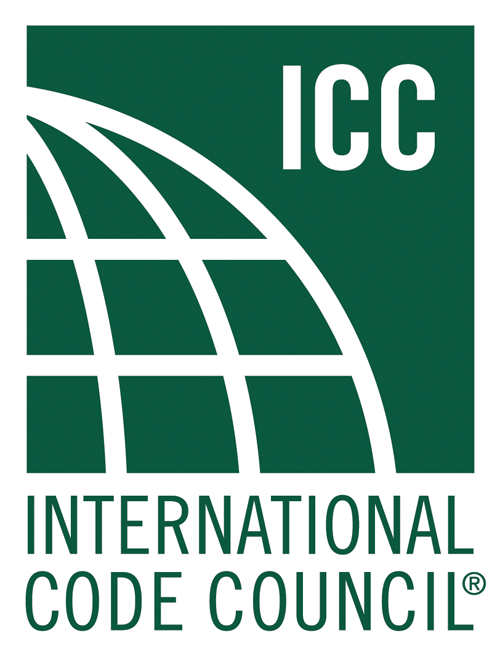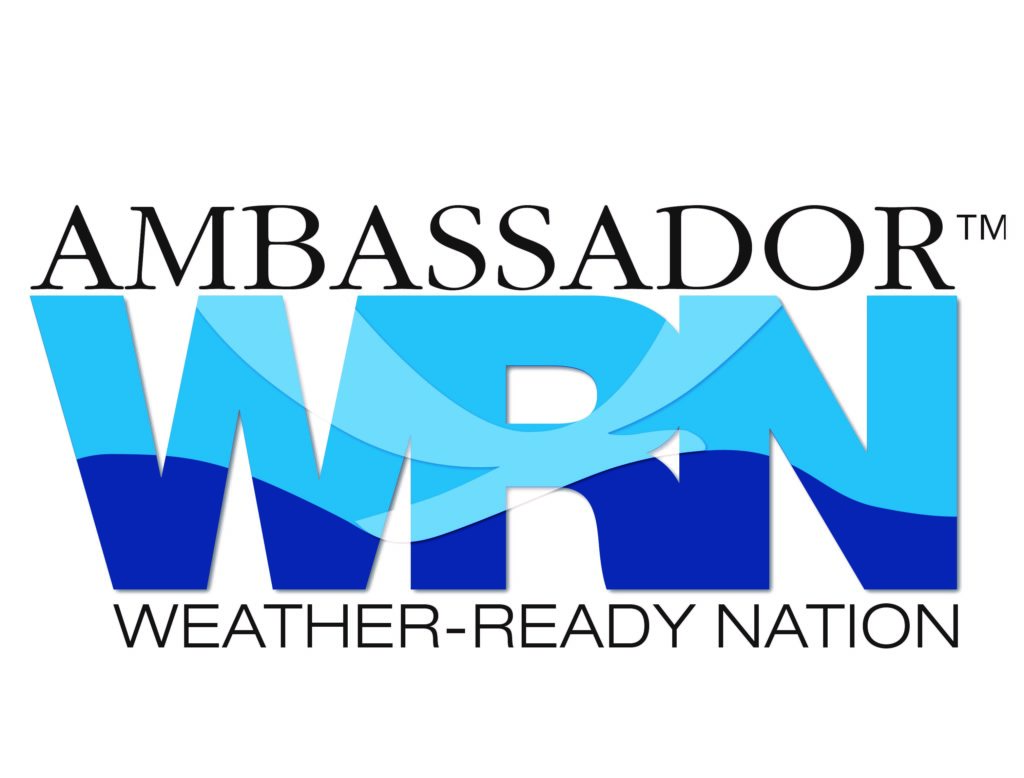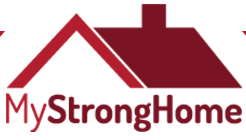![]()
Living on the coast comes with a unique set of ups and downs. On the one hand, you have unbelievable views and quick access to any water-based activity that you can imagine. However, on the other hand, those vista views and all the hydro-centric fun comes at a price, the costliest being the threat and often inevitability of a natural catastrophe damaging or even destroying your property.
To figure out what vulnerabilities your property has and how much coverage you’ll need, your insurance company will require a risk assessment.
During this process, a non-biased, 3rd-party, certified evaluation company (Like Disaster Smart) will be contracted by the policy underwriter to identify, assess, and mitigate the risks to the property, helping both you and the insurance company make an informed decision about how best to protect your assets.
The History of Risk Assessments:
The history of property risk assessment dates back to the ancient world. In Babylonia, for example, property owners were required to pay taxes based on the value of their property. This system of taxation required that property owners have a way to assess the value of their property, which led to the development of early forms of property risk assessment.
Read more about this history of insurance at Britannica, here.
Over time, property risk assessment has become more sophisticated. In the 20th century, insurance companies began to use statistical methods to assess the risk of a variety of other hazards, such as theft, flood, and earthquake.
The Now:
Today, risk assessment is a complex and sophisticated process. It involves a variety of factors, including the physical condition of the property, the surrounding environment, and the potential for natural disasters. The evaluation is also used to assess the risks associated with specific activities, such as construction or manufacturing.
These processes have now allowed insurers to price their policies even more accurately and to provide better coverage for their customers like you.
With the rapid advancement of technology, the future of what a risk evaluation will be and is, will also inevitably evolve.
Where We’re Headed:
Everywhere we look today, we can see new technology re-configuring the way we live, play, and work, and the insurance industry will be no exception.
We are seeing the risk evaluation process is constantly evolving as new technologies and trends emerge. Some of the key trends that are shaping the future of property risk evaluations:
- The rise of big data and analytics or the increasing availability of data is enabling property risk evaluators to make more informed decisions. By analyzing data from a variety of sources, such as weather records, crime statistics, and building codes, evaluators can better assess the risks associated with a particular property.
- The growing importance of cyber security– As we can see with recent data breach events, such as that with Apple, Meta, and Twitter, cyber security is becoming increasingly important as more and more businesses and organizations store their data on computers and networks. Risk evaluators also need to be aware of the potential risks of cyber-attacks and take steps to mitigate these risks.
- The need for greater transparency: In recent years, there has been a growing demand for transparency in the property risk evaluation process. This is due in part to the increasing awareness of the risks associated with climate evolution and other environmental factors. Property risk evaluators need to be able to clearly communicate the risks associated with a particular property to their clients.
- The use of new technologies: new technologies, such as drones, 3D scanning, and Artificial Intelligence (AI) are being used to improve the accuracy and efficiency of risk evaluations. Drones are and will increase in use to capture aerial images of a property, which can be used to identify potential risks, such as flooding or erosion. 3D scanning can be used to create a virtual model of a property, which can be used to assess the risks associated with different construction materials and design features, and AI which is the latest integration. Currently, AI is being used to improve risk assessment, fraud detection, and even claims processing, which is leading to more accurate and efficient underwriting. However, with this latest integration of tech comes some dangers, especially if AI leans towards becoming the sole tool for assessment. AI algorithms are trained on data, and that data comes from the internet—which, as most people have experienced, is filled with bias. It stands to reason that if the data is biased, the algorithm will be biased as well. For example, if an AI algorithm is trained on data that shows that homes in coastal areas are more likely to be damaged by hurricanes, the algorithm may be more likely to deny coverage to homeowners in those areas.
Summary
Insurance and risk assessments have been around for as long as anyone can remember and as technology evolves, so will the way potential hazards to your property are evaluated. It’s important to remember that the risk inspection that insurance companies order for your property is an essential part of its management. By understanding the hazards associated with your home, owners, and managers alike, can take steps to protect assets and to reduce their risk of financial losses.
For more in-depth information regarding when and why you could receive an property risk inspection, please read our article What to Expect When you Insurance Company Orders an Inspection. Should you have any questions regarding the evaluation process, please contact your insurance agent or reach out to us at 888-964-8776 extension 0.








